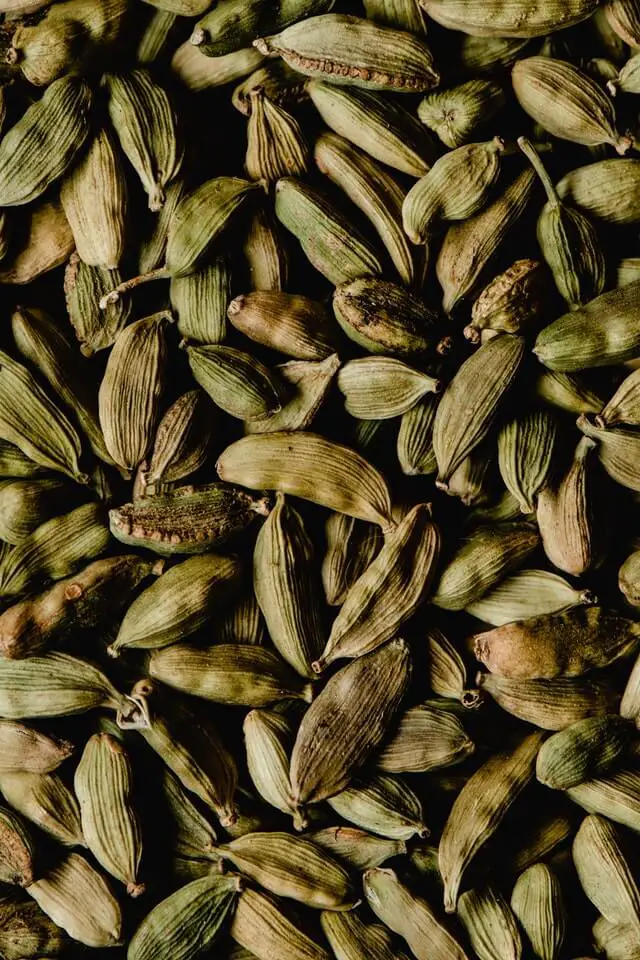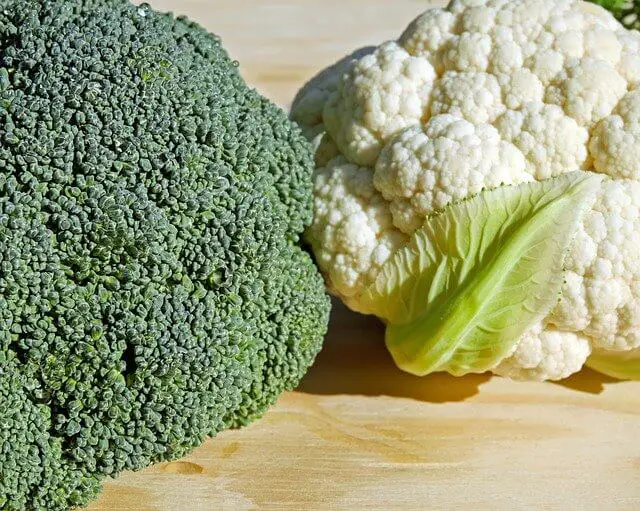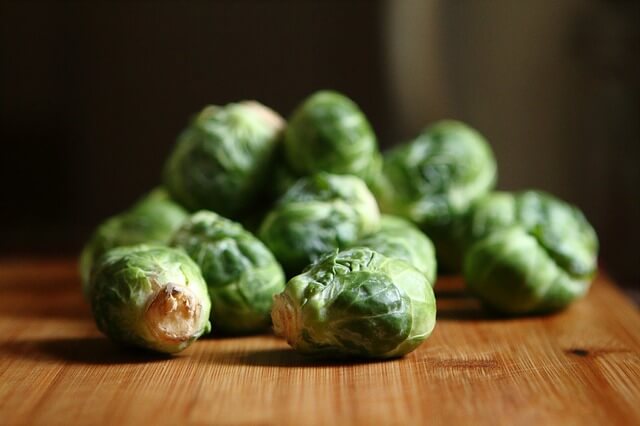Seed storage is the preservation of seeds under regulated environmental conditions in order to extend the vitality of the seeds over extended periods of time.
For genetic resource collections, two types of seed repositories are used: those storing base collections and those holding active collections.
Purpose of Seed Storage
The goal of seed storage is to keep the seed in good physical and physiological condition from the moment it is harvested until it is planted.
To keep insects, pests, and illness at bay. To keep seeds until they germinate in preparation for future agricultural production.
Importance of seed storage
- It boosts agricultural output.
- To obtain good plant stands as well as healthy and strong plants.
- It reduces seed-borne illness caused by variations in the local climate during storage.
STAGES/SEGMENTS OF SEED STORAGE
When seeds attain physiological maturity, they are considered stored until they germinate or are discarded because they are dead or otherwise useless. The whole storage duration may be neatly split into the stages listed below.
- Plants are used for storage (Physiologically maturity until harvest).
- Harvest till the product is processed and stored in a warehouse.
- In warehouses (Warehouses).
- While in transit (rail wagons, trucks, carts, railway sheds, etc.).
- In retail establishments.
- On the farm of the user.
Other methods include:
- Pre-harvest/post-harvest section
- Packaged seed segment
- Bulk seed segment
- Distribution/Marketing Sector
- Farm portion
Read also: How Long to Freeze Seeds Before Planting
Condition of Storage
Seed storage attempts to preserve the seed’s germination capacity; stricter conditions are necessary than those required to preserve the seed’s nutritional or industrial quality.
Depending on the storage circumstances, portion of the germination capability is lost slowly or quickly during storage.
For dry seed storage, the store temperature will be 10°C and the relative humidity will be 50%.
General Principles of Seed Storage
Because of the different factors influencing seed viability in storage, the following criteria emerge as essential for optimal storage.
- Seed storage should be kept dry and cold.
- Storage pest control that works.
- Cleanliness in seed shops.
- Before storing seeds, they should be dried to safe moisture levels suitable for the storage system.
- Only storing high-quality seed, that is, seed that has been cleansed, treated, and has a high germination rate with vigour and a good pre-storage history.
- Determine seed storage requirements based on the duration of storage time and the prevailing environment in the location during the storage period.
Storage of Seed in Warehouse
It is common for people interested in seed storage to prioritize seed storage rooms or structures.
Although seed aging and germination loss cannot be totally prevented, they can be considerably reduced by providing suitable storage conditions.
Several factors impact seed longevity in storage facilities.
Read also: How To Store Seeds For Decades
Conclusion
When seeds achieve their maximum dry weight, they are considered physiologically and morphologically mature. The seed has begun to dry out or dehydrate at this point.
After physiological maturity, the seed and fruit moisture content drops to a level that allows for effective and efficient harvesting and threshing. This is known as harvest maturity.
Typically, there is a time lapse between physiological maturity and harvest maturity, which marks the first portion of the storage period.
Any delay in harvesting the seed after it has reached harvest maturity increases the length of the first segment of the storage period.
From the time seeds achieve physiological maturity until harvest, the prevailing environmental circumstances have a significant impact on seed quality.



